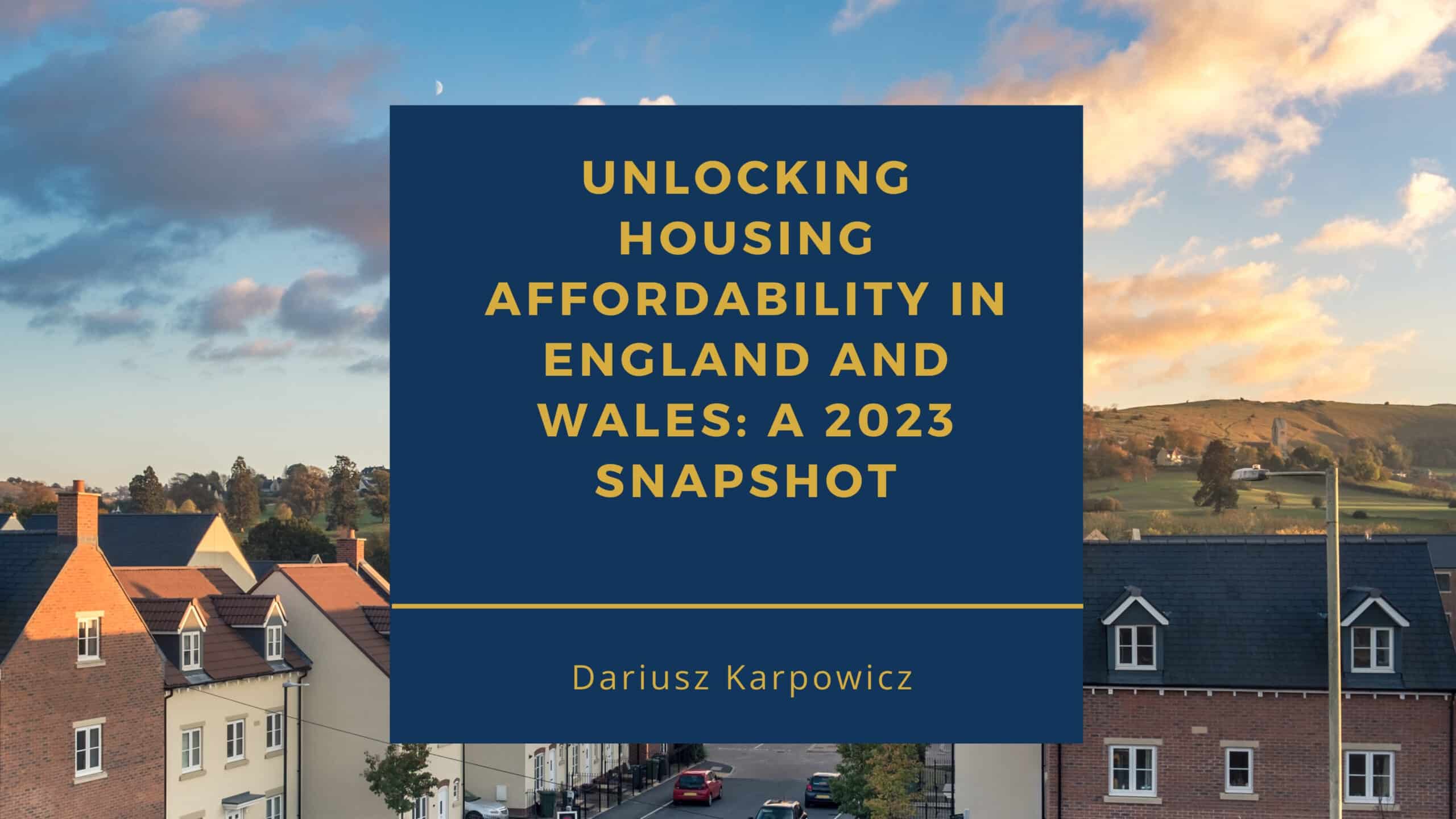In the intricate dance of income versus housing costs, the latest data for 2023 offers a panoramic view of housing affordability in England and Wales. Amidst fluctuating economic landscapes and the shadows of a pandemic, the story of housing affordability is both complex and compelling, painting a picture of resilience, disparity, and ongoing challenges.
The Current State of Affordability
The pulse of housing affordability can be felt through the ratio of house prices to annual earnings, a metric that speaks volumes about the financial stretch for full-time employees aiming to own a home. In 2023, England witnessed this ratio at 8.3 times the annual earnings, while Wales stood at a somewhat less daunting figure of 6.1 times. These numbers mirror the financial commitments required, showcasing the enduring challenge of homeownership, especially for those in England.
Interestingly, this situation marks a return to the pre-pandemic trend, following a significant surge between 2020 and 2021. The stability in the affordability ratios suggests a nuanced balance being struck in the housing market, amidst the echoes of recent economic upheavals.
Local Authorities and the Affordability Landscape
Diving deeper into the local territories, the picture varies across the 318 local authorities (LAs) in England and Wales. A promising 75% saw an improvement in housing affordability since 2022, a testament to the dynamic nature of regional housing markets. Yet, the struggle continues in 24% of LAs where affordability worsened, underlining the uneven distribution of housing pressures across the country.
In a heartening development, 7% of LAs reported homes being bought for less than five times workers’ earnings, signalling pockets of affordability in a sea of escalating housing costs. This represents a positive shift from the previous year and harks back to pre-pandemic levels, offering a glimmer of hope for aspiring homeowners.
The narrative of improvement is particularly pronounced in London and its bordering LAs, which saw the ten most significant leaps in affordability over the past five years. However, these areas remain among the least affordable, illustrating the stark contrasts within the housing affordability saga.
The Earnings Equation and Housing Costs
The affordability conundrum is further dissected by examining different income levels and their interaction with housing prices. For instance, first-time buyer households in 2022 had an average income of £57,000, facing an affordability ratio of 4.8 when matched against the average price paid for a home. The scenario shifts dramatically for employees at the National Living Wage rate, where an average home costs 14 times their annual earnings, underscoring the acute affordability crisis for lower-income groups.
Moreover, the skilled worker visa requirement of £26,200 earnings puts the average home at 10.9 times this amount, highlighting the hurdles for international workers in navigating the housing market.
The Evolution of Housing Affordability
The affordability ratios have a story to tell, tracing back to 1997. In England, these ratios have seen a steady climb, doubling by 2007, and experiencing fluctuating trends before broadly increasing up to 2023, with a notable spike in 2021. Wales, on the other hand, saw its affordability ratios double by 2005, with fluctuations settling between 5.5 and 6.5 in recent years, illustrating a less volatile journey compared to England.
The View from Local Authorities
Local authority areas reflect the diverse tapestry of housing affordability, with variations that span the spectrum from improvement to deterioration. The most affordable areas in 2023 were located in the North West, North East, and Yorkshire and The Humber, showcasing regional disparities in housing affordability.
Notably, the areas of Burnley and neighbouring Hyndburn emerged as the most affordable LAs, with ratios below four, marking significant havens of affordability amidst widespread challenges.
The Future Trajectory
As we gaze into the horizon, the path of housing affordability in England and Wales is laden with both opportunities and obstacles. The nuances of local markets, the impact of income levels on purchasing power, and the evolving landscape of housing policies continue to shape the narrative of homeownership.
The journey towards a more equitable housing market is complex, demanding a multifaceted approach that addresses the underlying factors of affordability. As we navigate through these turbulent waters, the collective efforts of policymakers, communities, and individuals will be paramount in steering towards a future where owning a home does not remain an elusive dream for many.
In conclusion, the 2023 overview of housing affordability in England and Wales offers a mosaic of challenges and improvements, reflecting the dynamic interplay between income, housing costs, and regional disparities. As we move forward, the quest for affordable housing remains a critical agenda, echoing the aspirations and concerns of countless individuals striving for a place to call home.
Author:

Founder and mortgage and protection adviser in Albion Financial Advice
Dariusz Karpowicz is a seasoned adviser in the financial services industry. After gaining valuable experience working with an established broker, he founded his own practice, Albion Financial Advice. This firm is dedicated to assisting clients in acquiring properties and advising on various mortgage options. Born and raised in Gdańsk, Poland, Dariusz moved to the United Kingdom in 2006.
Book a FREE initial consultation

